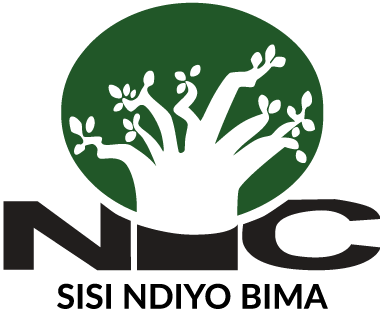Tanzania’s insurance surge highlights growth but exposes margins to global scrutiny
NIC revenue up 11% to TSh 130.3 bn, assets +12.7% to TSh 422.6 bn, equity +15.9% to TSh 287.9 bn, but net profit slipped to TSh 23.6 bn. Compared with BRIT, JUB, OMU, SLM, global investors ask if Tanzania’s insurance growth is truly sustainable.

Tanzania’s National Insurance Corporation (NIC) closed FY2023/24 with 11 percent revenue growth, lifting insurance revenue from TSh 117.42 bn to TSh 130.33 bn. The insurance service result surged 26 percent to TSh 35.06 bn, assets climbed 12.7 percent to TSh 422.55 bn, and equity expanded 15.9 percent to TSh 287.85 bn. Yet net profit slipped to TSh 23.59 bn from TSh 25.57 bn, highlighting margin stress behind the top-line story. A dividend proposal of TSh 2.10 bn, up 40 percent year on year, underscores management’s confidence in capital strength despite the earnings dip.
NIC’s results mirror a broader expansion in Tanzania’s insurance market. Sector gross written premiums rose from TSh 911.5 bn in 2021 to an estimated TSh 1.42 tn in 2024, while claims paid escalated from ~TSh 390 bn to ~TSh 592 bn. Industry penetration has risen toward 2 percent of GDP, with policy targets for 3 percent by 2030. That macro tailwind supports NIC’s expansion push, but also signals intensifying competition and higher claims pressure.
The profit decline is a warning sign. Stronger revenue with weaker profit implies rising claims ratios, expense growth, or investment volatility. Without clarity on combined ratio performance, the sustainability of growth is questionable. Expansion by underpricing risk or retaining excessive claims exposure erodes solvency buffers. For institutional investors, the critical markers are underwriting discipline and capital adequacy, not just revenue growth.
Comparison to peers illustrates the stakes. In Kenya, Britam Holdings (NSE: BRIT) reported net earnings of KSh 2.6 bn in 2023, while Jubilee Holdings (NSE: JUB) booked KSh 6.8 bn, both showing stronger bottom-line resilience alongside growth. In South Africa, large players like Old Mutual (JSE: OMU) and Sanlam (JSE: SLM) run with tighter loss ratios and diversified asset management platforms, generating higher returns on equity. Against that benchmark, NIC’s numbers highlight the fragility of frontier insurers scaling revenue without locking in profitability.
Balance sheet resilience is also in question. NIC’s equity position improved, but portfolio details matter. In a higher-rate world, duration mismatches in bonds or volatility in equities and real estate can swing earnings. Tanzania’s exposure to climate shocks (floods, cyclones) raises further concern if reinsurance cover is thin. A single catastrophic event could wipe out a year’s profit. Investors will want transparency on retention levels, reinsurance counterparties, and stress-test outcomes.
Why does this matter to global investors? Directly, NIC is unlisted and illiquid, so it is not a tradeable story. Indirectly, it matters because it signals the health of Tanzania’s financial sector and the trajectory of African insurance penetration. Insurance growth improves domestic savings mobilization and institutional participation in government securities, supporting sovereign credit quality. For regional PE and insurance-focused funds, NIC’s double-digit growth and capital expansion point to opportunity in a frontier market with underpenetrated insurance. For global ESG and impact investors, the ability of state-owned insurers to modernize while managing climate risk is a litmus test of institutional maturity.
The dividend proposal, while small in absolute terms, is also symbolic. A 40 percent increase signals willingness to return capital even as profits soften. This could be seen as a show of stability, or alternatively, as distributing cash that might be better reserved against shocks. The judgment hinges on how investors assess underlying risk discipline.
The lesson is clear: Tanzania’s insurance sector is expanding, but top-line growth without consistent bottom-line performance is not enough to draw sustained global capital. NIC must prove underwriting discipline, prudent investment management, and strong capital adequacy. If it can, it strengthens the case for Tanzania’s financial markets in the eyes of foreign investors, alongside regional benchmarks like BRIT, JUB, OMU, and SLM. If not, it risks becoming another case where growth looks impressive in percentage terms but fails to translate into durable shareholder value.





